Researchers at New York University have engineered a new type of metamaterial called gyromorphs, which combines liquid-like randomness with large-scale structural patterns to block light from every direction. This innovation, announced on November 13, 2025, has the potential to accelerate advances in photonic computing and could make computers significantly faster.
According to Dr. Luca Martiniani, the lead researcher on the project, gyromorphs offer unprecedented light-blocking power, solving longstanding limitations in quasicrystal-based designs. "Our gyromorphs can reflect light from every direction, which is essential for photonic computing," Dr. Martiniani explained. "This breakthrough could lead to the development of next-generation computers that operate using light, rather than electrical currents."
The concept of photonic computing has been around for several years, but it has been hindered by the limitations of existing materials. Quasicrystals, for example, have been used to create photonic devices, but they have limitations in terms of their ability to block light. Gyromorphs, on the other hand, have been engineered to overcome these limitations, making them a promising material for photonic computing.
Gyromorphs are created by combining liquid-like randomness with large-scale structural patterns. This unique combination allows them to reflect light from every direction, making them ideal for photonic computing applications. The researchers have also demonstrated that gyromorphs can be scaled up to larger sizes, making them suitable for use in a wide range of applications.
The development of gyromorphs has significant implications for the computing industry. Photonic computers have the potential to be much faster and more efficient than traditional computers, which rely on electrical currents to process information. "If we can harness the power of light to process information, we could see significant improvements in computing performance," said Dr. Martiniani.
The researchers are now exploring the potential applications of gyromorphs in photonic computing. They are working on developing new devices that can take advantage of the unique properties of gyromorphs. "We are excited about the potential of gyromorphs to revolutionize the field of photonic computing," said Dr. Martiniani.
The research on gyromorphs is ongoing, and the researchers are working to refine their design and improve their performance. However, the initial results are promising, and the development of gyromorphs could have significant implications for the computing industry in the years to come.


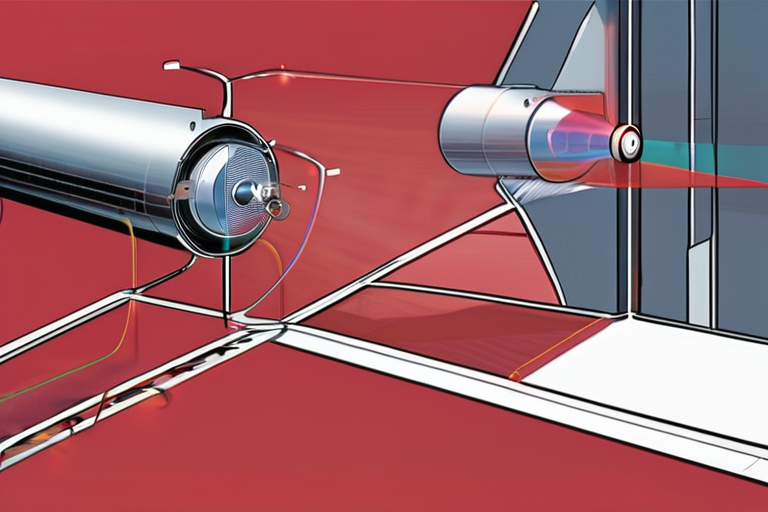



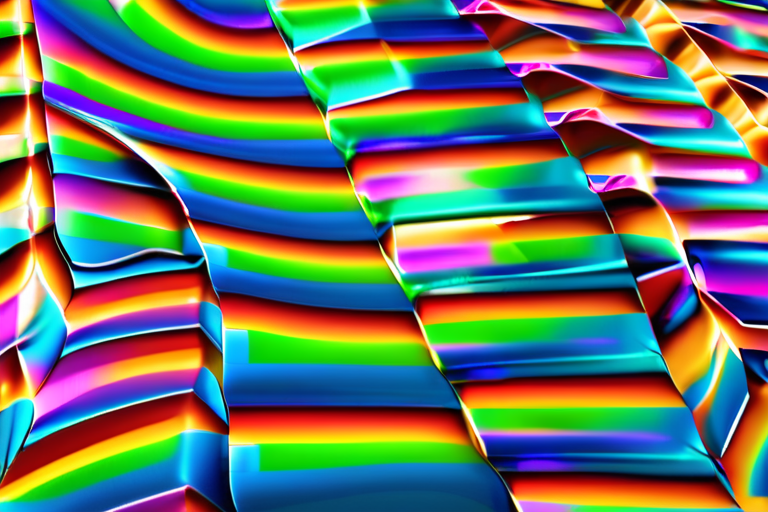
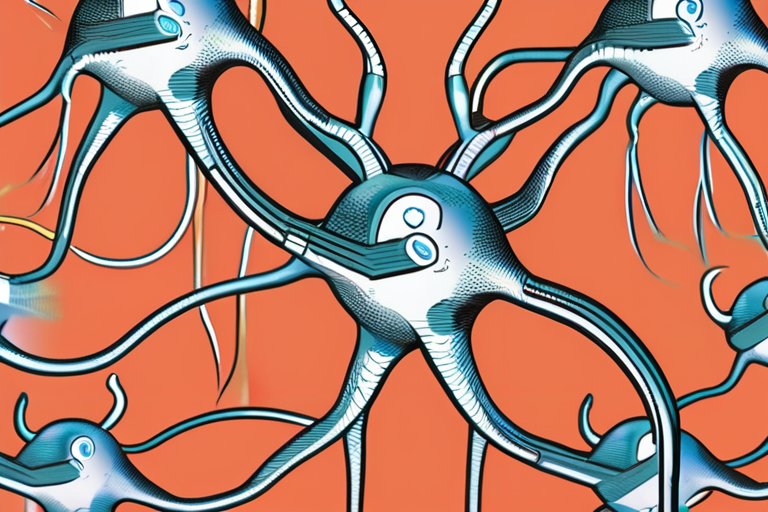

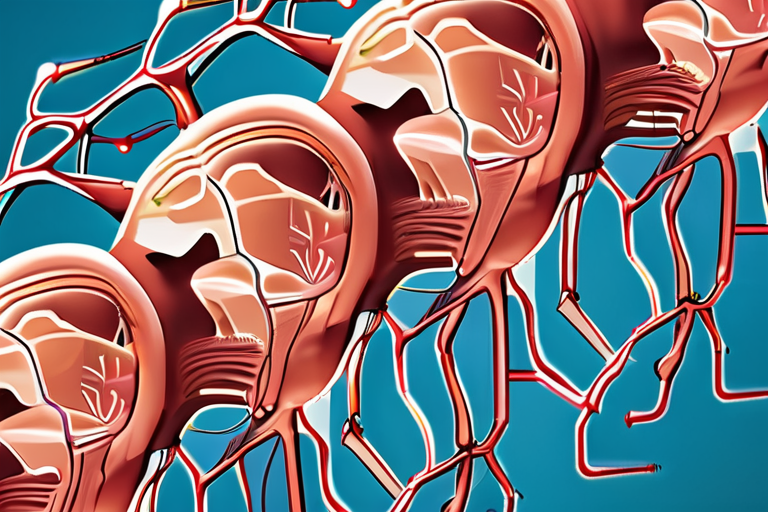



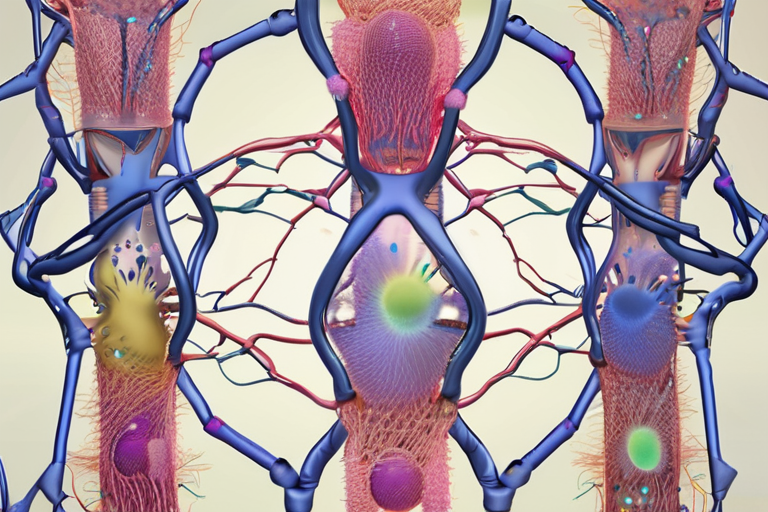





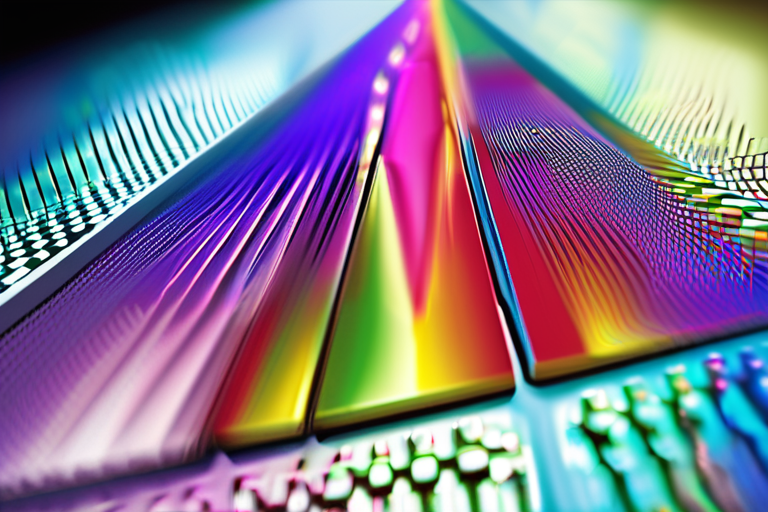

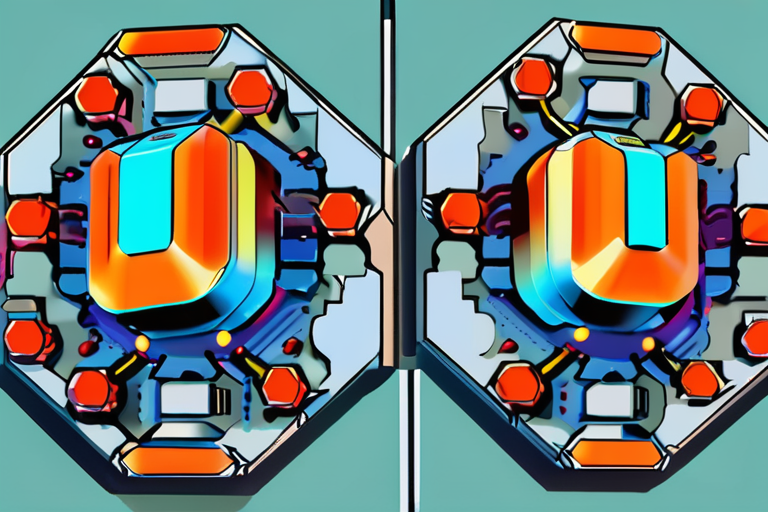
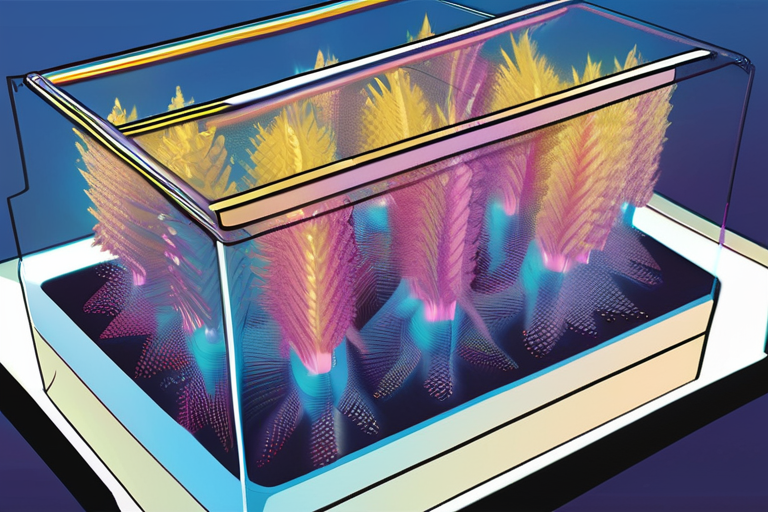
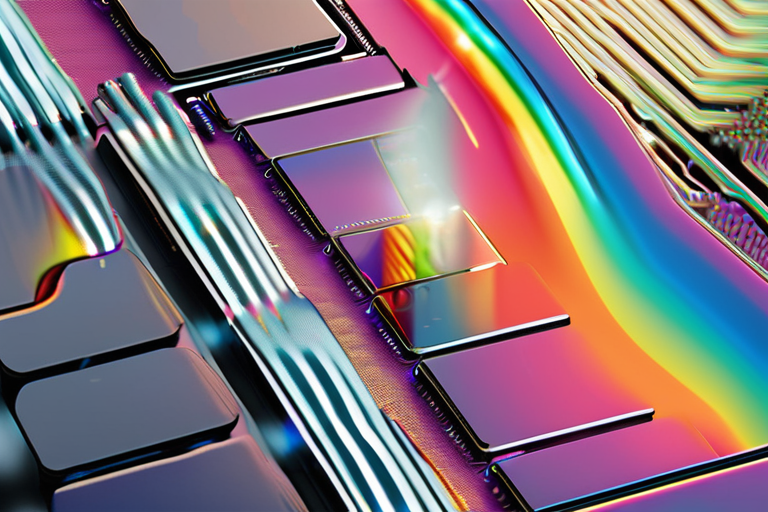


Share & Engage Share
Share this article